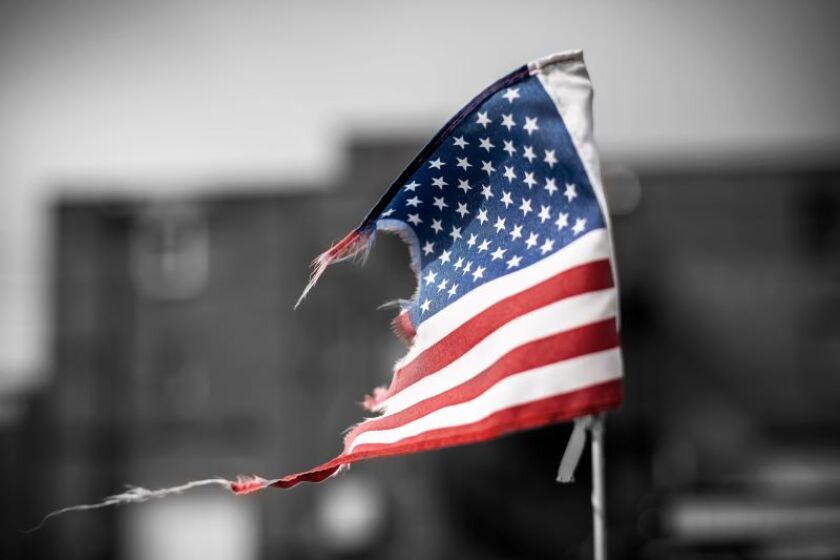It's been a year since Donald Trump first took office, and there has been much discussion about how successfully he has implemented his campaign promises. When it comes to the economy his tax reform bill has had a positive impact for banks, corporates and the rich, largely at the expense of everyone else, but beyond that the administration has few reasons to sing from the rooftops.
A few weeks into his presidency, Trump signed an executive order that established a policy of deregulation, pledging to get rid of the red tape that he claimed was throttling economic growth. The first somewhat ambitious attempt to deregulate was Jeb Hensarling's Financial CHOICE Act 2.0, which passed the House in June but has since made little progress in the Senate. It was introduced as a golden bullet for the Dodd-Frank Act. A year in, and there hasn't been much progress in the dismantling of Dodd-Frank – until now. On January 19, the Vice Chair for Supervision at the Fed, Randal Quarles, outlined his intentions to make banking regulation more efficient, transparent and simple. The suggestions that he laid out are not particularly new; tailoring supervision and regulation to the size, systemic footprint, risk profile, and business model of banking firms; addressing the advanced approaches thresholds that identify internationally active banks; a meaningful simplification of the framework of loss absorbency requirements; and furthering stress test disclosures.
Measures all very consistent with Trump's agenda, and with the recommendations laid out in reports by the Department of the Treasury later in the year. They are also, however, very consistent with errors of the past. While very nicely packaged and proposed in a way that suggests a return to prominence for the US economy, the suggestions seem inherently shortsighted.
In August Fed chairwoman Janet Yellen vocalised her own concern of the danger of forgetting the lessons of the global financial crisis of the late 2000s – a calamity caused by reckless gambling in the US markets. She drew attention to the reforms that policymakers globally have made to limit the probability and the adverse consequences of future financial crises. Despite this warning, it does appear that figures like Yellen and Elizabeth Warren are among only a few who can see the risks of once again putting a fox in charge of the hen house. Quarles himself has already been forced to recuse himself from any form of interaction with Wells Fargo because of family ties. This alone begs the question of how the head of the Fed can be involved in monitoring the third largest bank in the country in any way?
The Democratic party too seems to have a very short memory, and has co-sponsored a bill that will raise the defining threshold of systemically important financial institutions to $250 billion. This act alone will allow a number of small banks like American Express to avoid the process of stress testing or federal oversight.
Now that most of the harm has been repaired – forgotten? – it feels like the US banking system is in the process of a return to the reckless principles that caused it to crash in the first place. Have the lessons simply not been learned?

